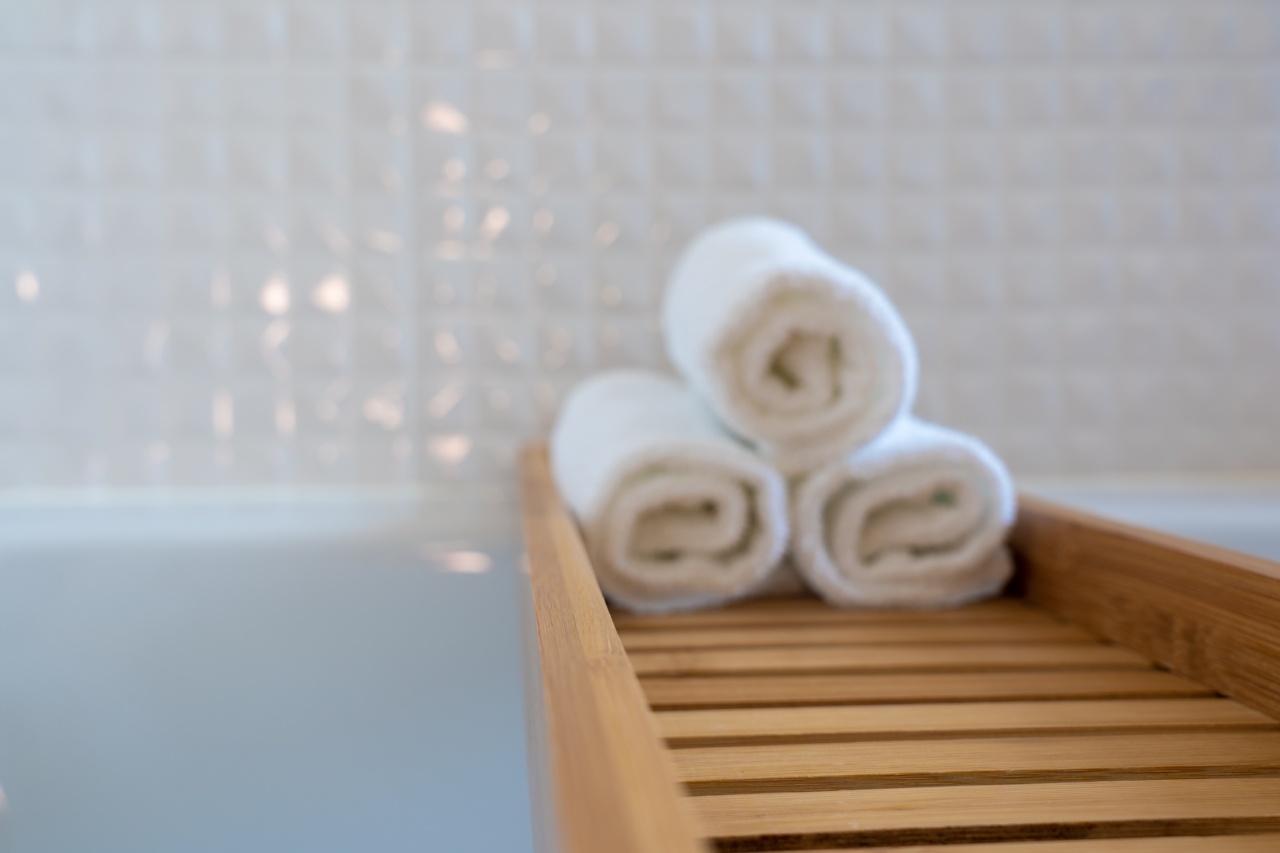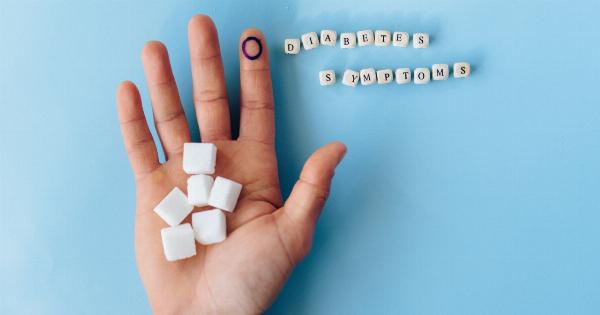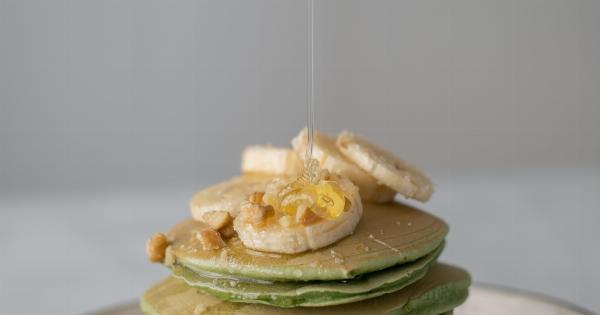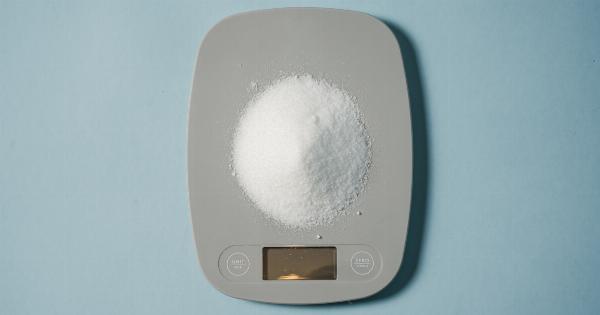Washing the produce is an important step in maintaining healthy eating habits. It helps to remove dirt, pesticides and other residues that could be harmful to your health.
In this article, we will present the steps you should follow to properly wash your produce and keep them fresh and healthy for consumption.
Step 1: Preparation
The first step in washing your produce is to prepare for the process. You will need water, a large mixing bowl, a colander, and a clean towel.
The mixing bowl should be large enough to accommodate all the produce you will be washing. The colander will be used to rinse the fruits and vegetables. The towel will be used to dry them after washing is complete.
Before starting the washing, remove any damaged or spoiled parts of the produce. You can discard them or cut them off if they are only slightly damaged; then proceed with washing the rest of the produce.
Step 2: Cleaning
The second step in washing your produce is the actual cleaning process. Rinse the fruits and vegetables under cold running water to remove any dirt, debris, and pesticide residues. You can use your hands to rub away any dirt.
Also, scrub the produce with a vegetable brush under cold running water to remove any stubborn dirt or debris that may be on them.
It is important to note that for some vegetables, such as lettuce or spinach, you may need to separate the leaves to make sure you rinse all the parts of the produce.
Also, some produce like potatoes, carrots, or apples may require peeling before washing to remove waxy build-up or surface pesticides.
Step 3: Drying
The third and final step in washing your produce is to dry them. After rinsing your produce, remove them from the colander and gently shake off any excess water. Then, lay them on a clean towel and pat them dry with another towel.
Some people prefer to air dry their produce by placing them on a clean dish towel and letting them sit for a few minutes before storing them in the fridge. However, it is best to dry the produce completely to prevent any bacteria from growing.
Conclusion
Washing your produce is a simple and important process that can help to protect your health and maintain healthy eating habits.
By following the steps outlined in this article, you can properly wash your produce and keep them fresh and healthy for consumption.


























